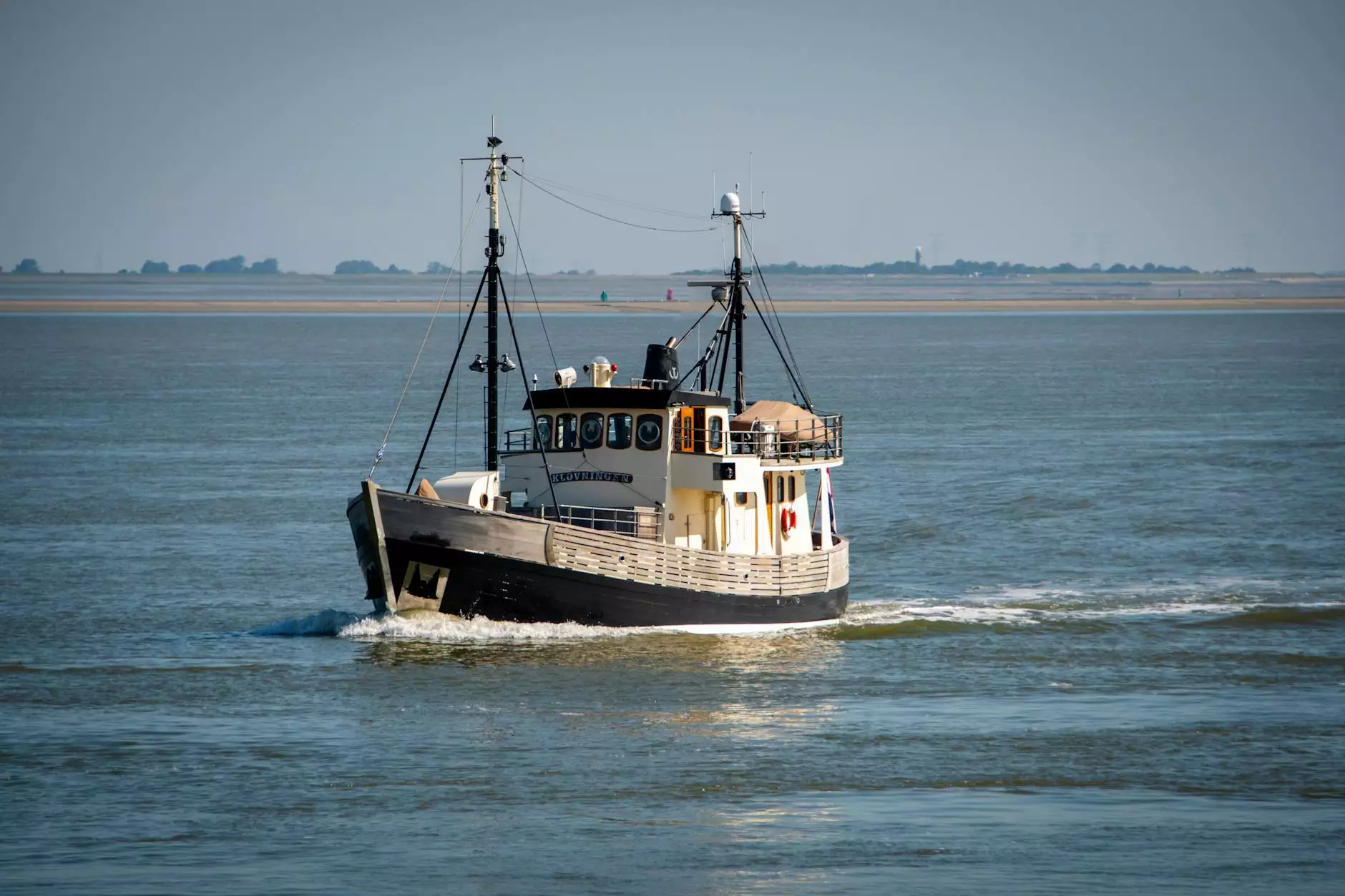Understanding Air Cargo Prices Per Kilo

In today's global marketplace, understanding air cargo prices per kilo is crucial for businesses striving to optimize their shipping costs. Whether you're a large multinational company or a small startup, making informed decisions about air freight can have a significant impact on your bottom line. In this comprehensive guide, we will explore the various factors influencing air cargo pricing, how to effectively manage and reduce costs, and the vital role various shipping centers and transportation hubs play in this industry.
The Basics of Air Cargo Pricing
Air cargo pricing is not just about the distance traveled; it involves a complex array of factors, including:
- Weight and Volume: Air freight rates are typically calculated based on the weight of the cargo or its volumetric equivalent, which is known as dimensional weight. The airline will charge based on the higher of the two.
- Destination: The shipping route and final destination play a significant role in the pricing. Certain routes have higher demand, impacting the costs.
- Service Level: There are various tiers of service, from expedited shipping to standard shipping, influencing the overall price.
- Operating Costs: Factors such as fuel prices, aircraft maintenance, and airport fees can affect the final price per kilo.
Understanding these fundamental aspects is essential for anyone looking to manage shipping logistics efficiently.
How Air Cargo Pricing Works
Air cargo pricing operates on a per-kilo rate, which can vary significantly based on several variables. Here's a closer look at how pricing is structured:
1. Base Rate and Surcharges
Air cargo rates typically include a base rate, which is the starting price per kilo. However, this base rate may be subject to various surcharges:
- Fuel Surcharges: Given the volatility in fuel prices, most air freight providers implement fuel surcharges, which can fluctuate monthly.
- Security Fees: Additional security measures can incur further costs, contributing to the overall price.
- Handling Charges: This includes the costs associated with loading, unloading, and storage at airports.
2. Cost Components Breakdown
Understanding the components of air cargo pricing helps businesses identify areas where they can reduce costs:
- Cargo Dimensions: Knowing the dimensions of your cargo helps you calculate the dimensional weight, allowing you to choose the most cost-effective shipping method.
- Booking and Documentation Fees: Ensure all your documentation is in order to avoid unexpected costs.
- Insurance: While it adds to the price, insuring your cargo can provide peace of mind, especially for high-value items.
Factors Influencing Air Cargo Prices Per Kilo
There are numerous external and internal factors that affect air cargo prices per kilo. A thorough understanding of these can significantly enhance your shipping strategy:
1. Seasonal Demand Fluctuations
During peak seasons, such as holidays or significant sales events, air cargo prices often rise due to increased demand. Conversely, during off-peak times, prices may drop.
2. Economic Conditions
The state of the economy can influence air cargo prices. For instance, during periods of economic growth, demand for international shipping increases, thus pushing prices higher. Conversely, economic downturns typically see a decrease in demand and pricing.
3. Geopolitical Factors
Political instability, trade agreements, and international relations can have a significant impact on shipping costs. Tariffs and trade barriers can increase costs, while favorable agreements can reduce them.
4. Technological Advancements
Improvements in logistics and transportation technology can alter pricing. Enhanced tracking systems and automated processes can lead to more efficient operations, potentially lowering costs.
Strategies for Reducing Air Cargo Prices
Managing air cargo costs effectively requires strategic planning. Here are several strategies to consider:
1. Choose the Right Air Freight Carrier
The selection of an air freight carrier can greatly influence your air cargo prices per kilo. Analyze different carriers to find the most favorable rates and reliability. Consider specialized carriers that focus on specific routes or cargo types.
2. Optimize Your Shipping Schedule
Plan your shipments during off-peak seasons when demand is lower. This can help you secure better rates and reduce costs.
3. Leverage Freight Consolidation
Freight consolidation involves combining multiple shipments into a single container, which can lead to significant cost savings. This is particularly effective for smaller shipments.
4. Negotiate Rates
If your business has high shipping volumes, leverage that for negotiation with your carriers. Building long-term relationships with freight companies can also provide opportunities for discounts.
The Role of Shipping Centers and Transportation Hubs
Shipping centers and transportation hubs are pivotal in the air cargo ecosystem. Understanding their impact can help businesses navigate their logistics more effectively.
1. Major Shipping Centers
Classic shipping centers, such as Hong Kong, Memphis, and Frankfurt, serve as crucial nodes in global trade. The efficiency of these centers can greatly affect air cargo prices due to logistics, availability of aircraft, and operational costs.
2. Transportation Hubs
Transportation hubs facilitate quick transfers and connectivity between different modes of transport (air, sea, rail, and road). They make supply chains more efficient, which can help lower costs.
The Future of Air Cargo Pricing
As we move forward, it is essential to keep an eye on emerging trends that could impact air cargo prices per kilo. Innovations in sustainable aviation fuel, automation, and increased digitization are all set to redefine the freight landscape.
1. Sustainability Initiatives
With greater emphasis on sustainability in the logistics sector, more companies are exploring eco-friendly packaging and fuel-efficient transportation methods. These initiatives might affect pricing structures in the long run, as investments in greener technologies may lead to changes in cost distribution.
2. Digital Transformation
The ongoing shift toward digitization can lead to increased efficiency in booking, tracking, and managing shipments. This transformation may gradually reduce operational costs, which could be reflected in pricing.
Conclusion
In conclusion, a comprehensive understanding of air cargo prices per kilo is essential for businesses looking to optimize their logistics and shipping strategies. By analyzing the various factors influencing pricing and implementing cost-reducing strategies, companies can achieve substantial savings. With the ever-evolving landscape of air cargo logistics driven by technological advancements and global economic changes, staying informed will be key to maintaining competitive shipping costs. For further expert guidance on air cargo logistics and bookings, visit Cargobooking.aero.









